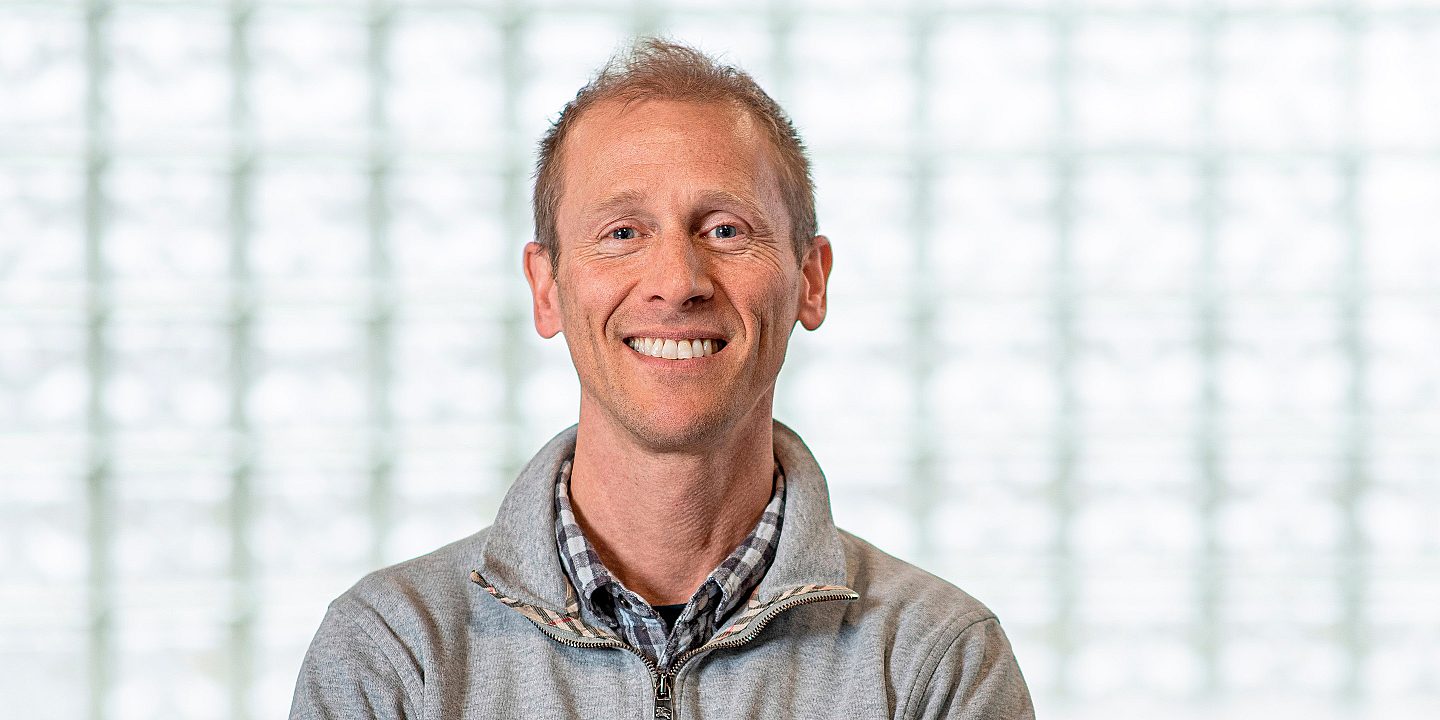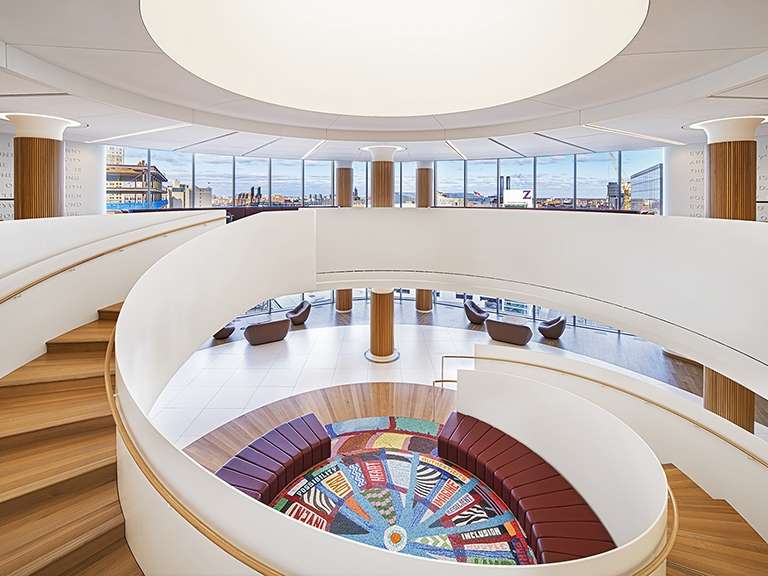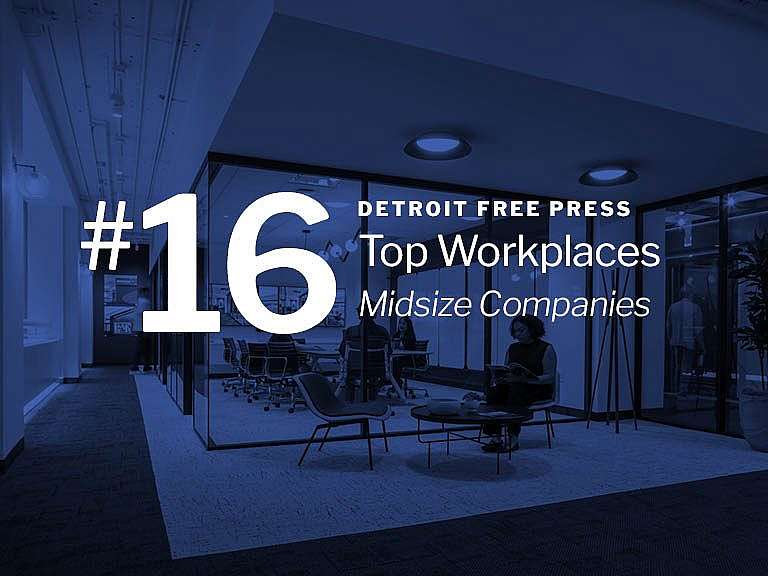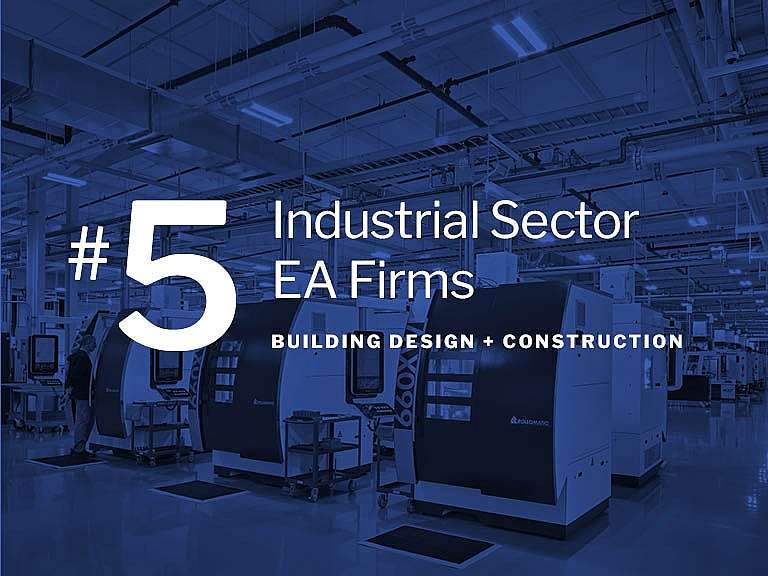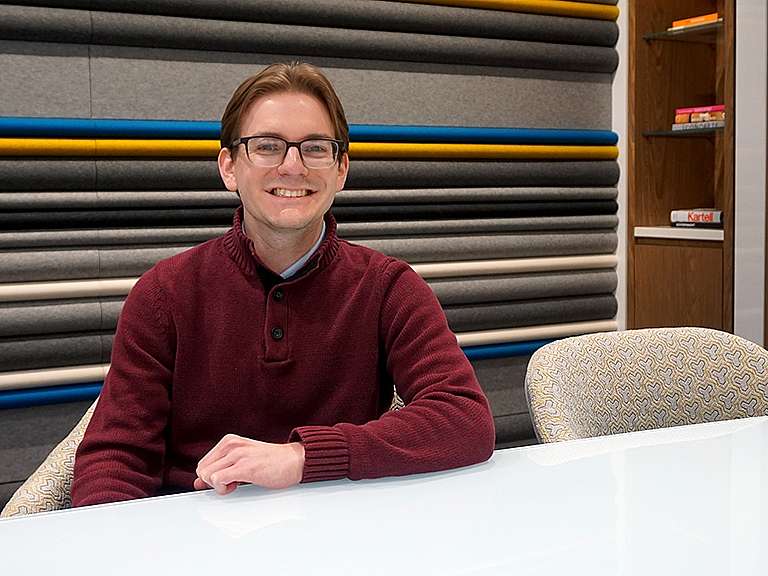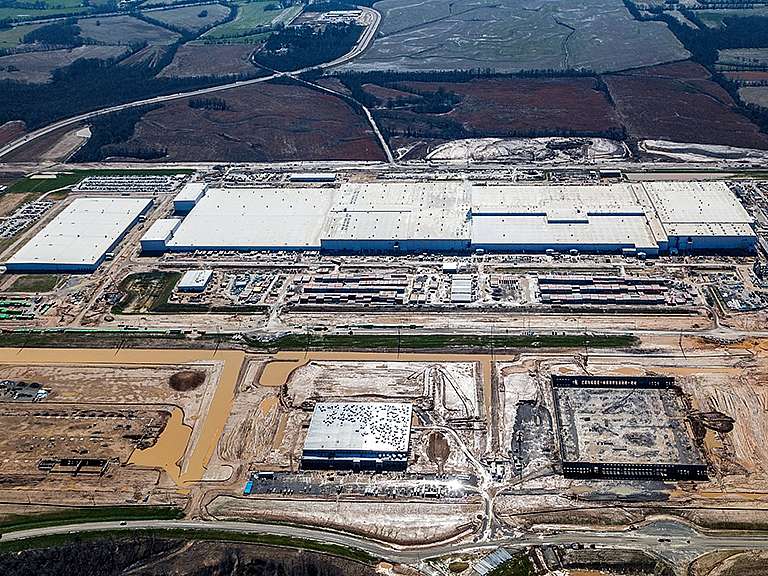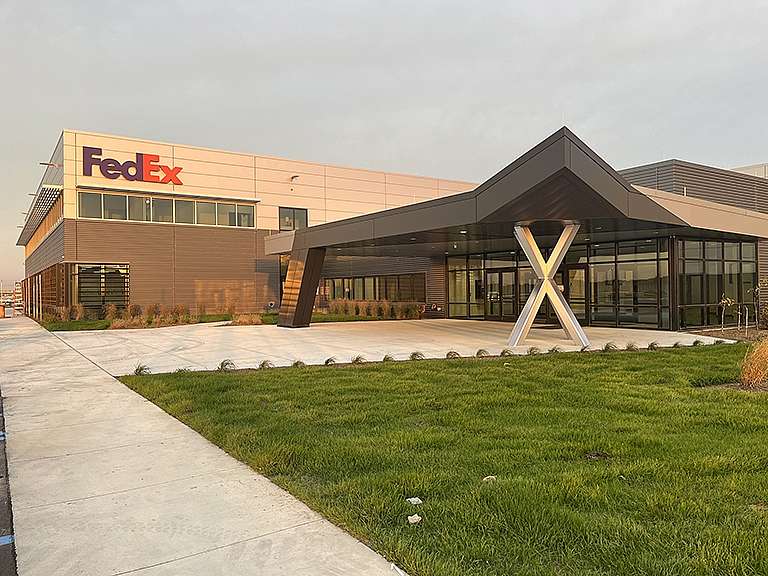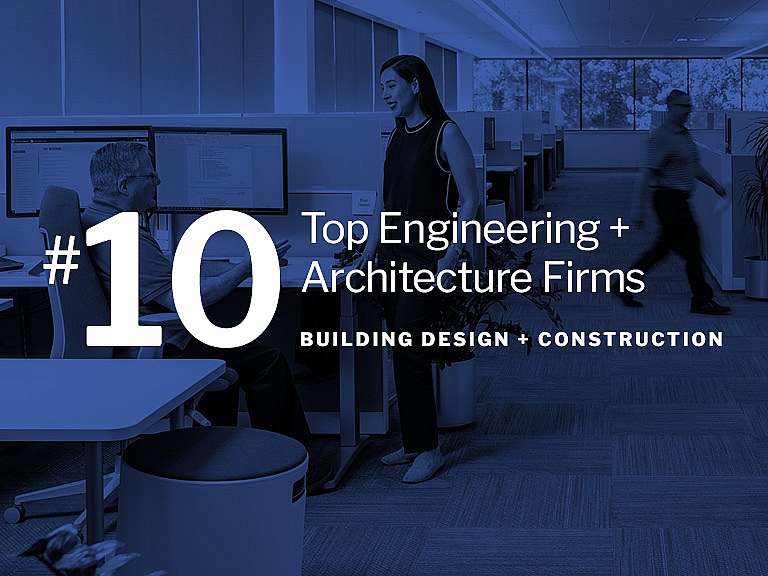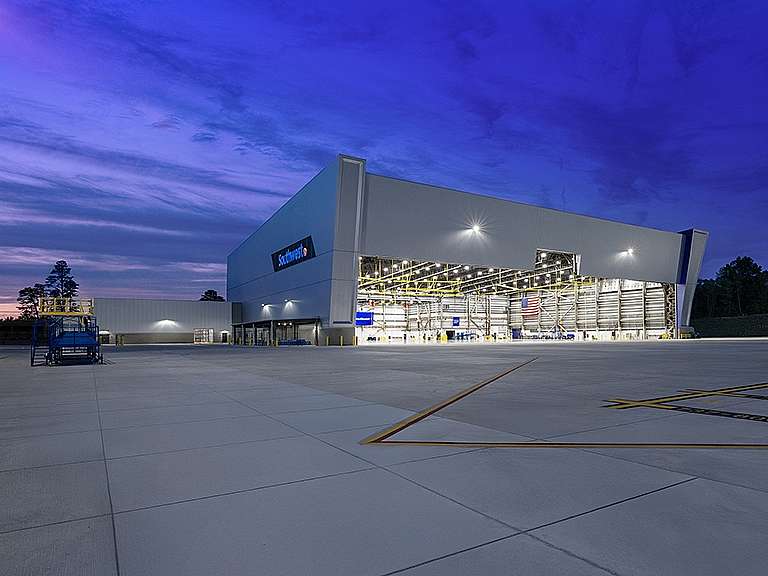Q+A with Loren Lobbestael, Lead Sustainability Specialist (Dearborn)
How do you describe the importance of sustainable design to those outside of the industry?
I always relate it to my deep-rooted Christian faith, and what I believe is a gift that we have been endowed with by our Creator – our planet. We have been given this beautiful earth with its resources to be stewards over, and we want to ensure that it can serve us for generations to come. By this we must have a mutual respect for the planet and its resources, whereby we thoughtfully treat the living and non-living elements of it with respect and concern, such that it can do the same for us.
As Ghafari’s lead sustainability specialist, what is your “why” for reaching carbon neutrality on our projects?
Carbon neutrality is a way to track resource consumption – accounting if you will. Though net-zero carbon can seem to be a rather dry topic that is often equated with “sustainable” design, I find it more palatable to view it through the lens of circular product or material / resource efficiency, which most people can relate to in the sense of the word “wasteful”. If we are creating a carbon-neutral design, we should simultaneously be as close to circular design as possible. Even nearer and dearer to my heart though as far as the “why” is that carbon neutrality should ideally equate to far less resource extraction and end-of-life pollution, thereby dramatically maintaining and often increasing plant and animal biodiversity on our planet.
Why did you decide to become a LEED Accredited Professional?
I chose to become accredited with LEED and BREEAM building certification schemes because of my long-term passion for both design in our built environment as well as realization that we can do far better than the status quo. I saw urban decay in Michigan, poor urban planning here in general, choked highways, and mountainous landfills and saw my industry – building construction – as the obvious largest contributor. I thought that if I get involved here, I can make a big difference in the outcomes for future generations.
What sustainable materials / technologies have you applied on Ghafari projects?
As a sustainability specialist, I am often involved with early phase sustainable design choices by nature of helping clients develop their sustainability brief – a document that sets their values in writing and into action. With this, I have seen dozens of innovative material and technical choices made on project designs, often led or supported by my inputs.
I love disruptive technologies. As one can see with my upcoming Lunch + Learn sustainable series program at Ghafari, there are myriads of possibilities out there.
How would you describe Ghafari’s culture of sustainability?
I feel that there is a growing and open-minded culture at Ghafari to receive the message about sustainability. There are many designers that very often have their sights set through the lens of sustainability and are trying to elevate and implement this in their projects on a daily basis.
Through our work on developing a Sustainability Action Plan, we are trying to systemize a set of sustainability KPIs into our workflows on ALL projects, regardless of whether the project is pursuing a performance certification or not. My advice to all our talented designers is to be patient, hold out, continue to elevate the topic in your designs – it will pay off!
How are you supporting Ghafari’s sustainability action plan as an AIA 2030 Commitment signatory firm?
With the wholehearted support of leadership at the highest level, sustainability is becoming even more engrained in our company vision, values, and mission. I have been charged with leading us through this maze. I have assembled the beginnings of a Sustainability Task Force with SMEs from all the disciplines to develop and systemize several KPIs into our workflows. Currently, that finds us working on the energy use intensity KPI. Next, we hope to begin working on a KPI for water use intensity.
What role does sustainability play in your life outside of work?
I am working on the renovation of a neglected older home that we purchased in Brighton, Michigan. I am continually searching for ways to adopt sustainable materials into the design, re-use of materials where possible, and donation to viable projects for materials that we don’t have use for any longer. For instance, we donated our dated, original 1965 kitchen to a family that was building a basement studio apartment in their home for AirBnB use, instead of sending it to landfill or incineration. This takes work and energy, but at the end of the day, I can rest knowing that I didn’t contribute to breaking the circular cycle that I truly believe in.
